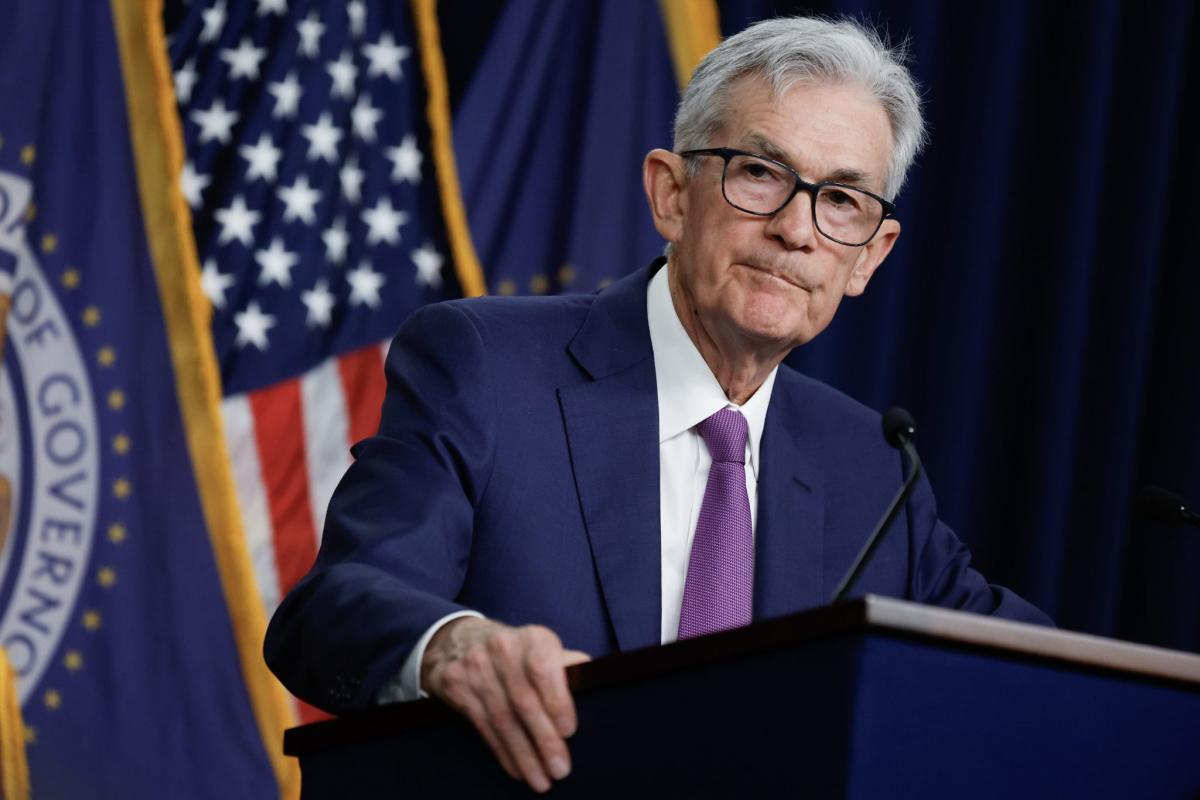

Investors may be grousing at the highest interest rates in over two decades, but one economist says the Fed may not have raised rates enough—and we may be stuck with higher prices as a consequence.
When the central bank stopped raising interest rates in July 2023 it may not have led to sufficient tightening in the economy, which is why inflation hasn’t gone down to the Fed’s target levels, according to Stifel’s chief economist Lindsey Piegza.
“I do think, as we’ve long argued, the Fed with this hyper focus on achieving the soft landing stopped short of where we needed to be to ensure a return to price stability, not just sit on the sidelines and hope for it, but ensure return back to 2%,” Piegza told CNBC on Wednesday.
The Federal Reserve set out on its dual mandate to lower inflation, while maintaining full employment, after the U.S. economy struggled post-pandemic. At its peak in June 2022 inflation was at a 40-year high of 9%, while at the same time the labor market had largely recovered from the mass unemployment of the pandemic. Against that backdrop the Fed became laser focused on the so-called soft landing—lowering inflation without the customary spike in the unemployment rate. That focus led to a cycle of rate hikes that still haven’t done enough to sufficiently lower inflation, according to Piegza. In fact, she argues that the soft landing can’t happen until prices come down even more.
“We’re not there yet, because remember, part of the soft landing is that eventual return to price stability,” Piegza said. “We’re still well above the 2% target with really no confidence yet that we will return to that disinflationary trend.”
The lingering inflation has been a persistent problem for the Fed since the start of the year. Stifel’s position has been that the economy is still too strong and consumers are still willing to spend too much in order for inflation to come down significantly. As far back as January, Stifel’s CEO Ron Kruszewski was skeptical that inflation had come down enough for the Fed to start cutting rates, as many investors expected at the time.
“I’m not so sure inflation is completely tamed,” Kruszewski told Yahoo News while attending the World Economic Forum in Davos, Switzerland.
As the last mile of inflation remains stubbornly hard to cross, some Fed officials have started floating the idea that the central bank may actually have to further raise rates instead of lowering them. That would mark a major reversal of the markets’ expectations, which started the year predicting as many as six rate cuts. Piegza, though, doesn’t think the Fed should raise rates.
“The Fed should not move the goalpost at this point but do the work required to reinstate price stability to the 2% level previously indicated,” Piegza told Fortune in an email.
Possible rate hikes would require a drastic shift in the current trajectory of inflation, which according to the Fed’s preferred metric has hovered around 2.6% since the start of the year. For Piegza, a rate hike, which she still considers highly unlikely, would only come after six consecutive months of rising inflation data.
For now, the Fed has been clear that it’s in a holding pattern on rate cuts (or hikes) until it gets more promising inflation data. For her part, Piegza thinks that waiting game means there won’t be any rate cuts in 2024.
“Inflation is still very sticky,” Piegza said. “The economy’s still relatively solid. The consumer is losing momentum, but still out in the marketplace spending. It’s going to be very difficult for the Fed to justify a rate reduction. They’re on track for an eventual reduction, but increasingly looks like a 2025 event to me.”
In recent weeks Fed officials have also mentioned the strength of the labor market as a reason to hold off on any changes to interest rates. The president of the Federal Reserve Bank of Minneapolis, Neel Kashkari called the current low levels of unemployment a “luxury” for the U.S. economy. The latest data shows a labor market with fewer job openings compared to the post-pandemic heyday. But nonetheless, there were still more job openings than workers available to fill them.
“We are continuing to see this idea that labor demand is still outpacing labor supply perpetuating the notion of wage pressures and adding further uncertainty to that longer term outlook for inflation that the Fed is desperate to return to that 2% target,” Piegza said.
As Wall Street waits with bated breath for any hint from the Fed about its next moves, Piegza’s boss Kruszewski issued a warning from his that things could get worse. “Every hard landing starts with a soft landing,” Kruszewski cautioned.
This story was originally featured on Fortune.com
EMEA Tribune is not involved in this news article, it is taken from our partners and or from the News Agencies. Copyright and Credit go to the News Agencies, email news@emeatribune.com Follow our WhatsApp verified Channel









